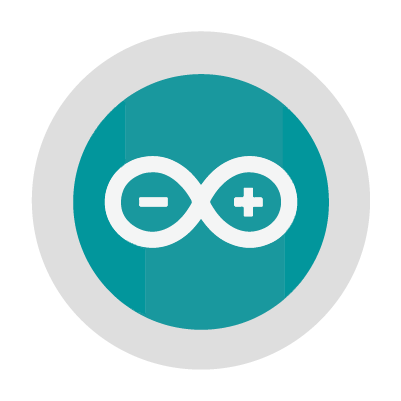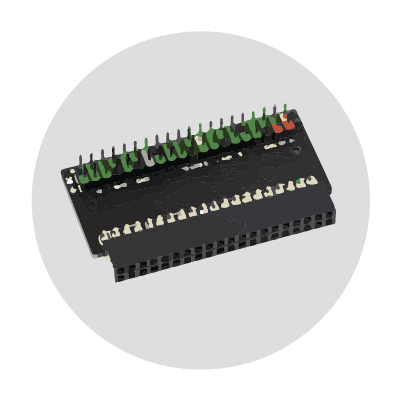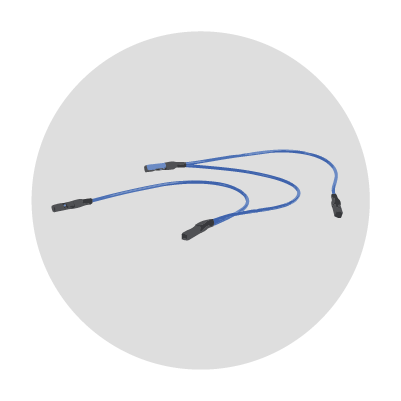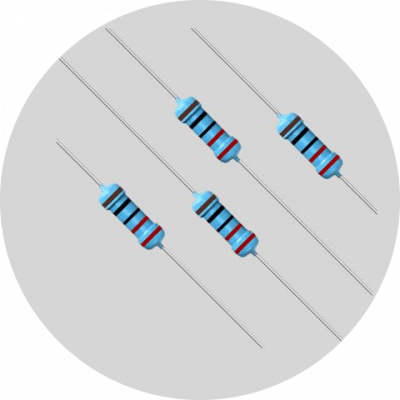![]() Microcontrollers are small, self-contained computers designed to interact with the physical world through sensors, motors, lights, and other electronic components. They contain a processor, memory, and input-output pins on a single chip, allowing them to read signals, make decisions, and control devices almost instantly. These systems play a major role in everyday technology, powering appliances, wearables, toys, vehicles, and medical tools. By programming a microcontroller, developers can create responsive behaviors such as detecting motion, measuring light, or activating indicators. Their low cost, simplicity, and versatility make them a practical entry point for learning how software and hardware work together.
Microcontrollers are small, self-contained computers designed to interact with the physical world through sensors, motors, lights, and other electronic components. They contain a processor, memory, and input-output pins on a single chip, allowing them to read signals, make decisions, and control devices almost instantly. These systems play a major role in everyday technology, powering appliances, wearables, toys, vehicles, and medical tools. By programming a microcontroller, developers can create responsive behaviors such as detecting motion, measuring light, or activating indicators. Their low cost, simplicity, and versatility make them a practical entry point for learning how software and hardware work together.
Tech Kits
Beginner
Introducing Microcontrollers
Length: 30 Minutes
Description: Microcontrollers allow you to interact with the real world through external facing components like motors and lights. Students will assemble a simple circuit and program it through the Arduino IDE to make an LED blink at regular intervals. Further expanding the circuit by adding a photoresistor, we can simulate dusk-to-dawn lights such as the streetlamps found around the campus. Through building, students can observe how micro controllers read electrical signals, execute programmed logic, and produce visible changes in real time.
Intermediate
Arduino Motion System
Length: 45 Minutes
Description: Motion sensor systems use passive infrared (PIR) sensors to detect movements and heat signatures. Students will be able to build a circuit that connects between the Arduino and sensors to program a sensor detection system. When motion is detected, the sensor sends a signal that activates the LED and displays changes on the monitor. By experimenting with sensor sensitivity and observing how the Arduino interprets incoming signals, students will gain experience with microcontroller-based sensing systems and see how digital inputs support interactive hardware behaviors.
Advanced
Raspberry Pi Servo Controller
Length: 60 Minutes
Description: A Raspberry Pi is a small computer that plugs into a monitor and functions using a mouse and keyboard. It operates as a compact computer capable of outputting precise electrical pulses through its GPIO pins, which determine the servo’s position within a 180-degree range. After connecting components such as the ribbon cable, GPIO extension board, breadboard, and servo wires, students use commands to configure pulse-width modulation and adjust movement. This setup demonstrates how software instructions influence physical hardware, offering a hands-on example of how microcontrollers manage timing, signals, and mechanical response in interactive systems.
Resources
![]()
Arduino Uno Rev3
Quantity: 5
Description: Includes the Official Starter Kit from Arduino, MAKE Magazine's "Getting Started with Arduino: The Open Source Electronics Prototyping Platform" and Speed Kits handy PIN-OUT Reference Chart for the Uno R3.

Arduino IDE
Type: Software
Description: In the Arduino IDLE you can enter code and run programs.
![]()
Raspberry Pi
Quantity:
Raspberry Pi B+: 13
Raspberry Pi 2: 1
Raspberry Pi 3: 6

Motion Sensor for Raspberry Pi
Quantity: 15
Description: The Adjustable PIR Motion Sensor is a highly integrated module popularly used for entry detection, it complies with microcontroller or DC loads.
![]()
Breadboard
Type: Hardware
Description: Breadboards are used to connect components and wire easily with the internally connected rows and columns.
![]()
Digital Servo
Type: Hardware
Description: Digital Servos receive and direct action at high frequency voltage pulses using a small microprocessor.
![]()
RPIO Pi Extension Board
Type: Hardware
Description: This extension board connects to the Raspberry Pi to enable the user to utilize all of the pins for prototyping.

GPIO Pi Extension
Type: Hardware
Description: This extension board connects to your Raspberry Pi so that you can utilize all 40 of the Raspberry Pi's different pins for prototyping.

Snap Circuits
Type: Hardware
Description: Snap Circuits teach basic circuitry with components that easily snap together to assemble electronic circuits.
![]()
Micro SD Card
Type: Hardware
Description: Micro SD cards are used for extra storage.

Ribbon Cable
Type: Hardware
Description: The ribbon cable connects the breadboard and the GPIO extension board. among other connections.

Jumper Wires
Type: Hardware
Description: Jumper wires are used for easy connection between components.
![]()
Led Lights (5mm)
Type: Hardware
Description: LED lights are used in many circuit assemblies for testing or some sort of signal for the circuit purpose.

220 OHM Resistor
Type: Hardware
Description: The 220-ohm resistor is a protective component that ensures the LED connected to a microcontroller receives a safe amount of current, preventing damage to both the LED and the microcontroller.

Photoresistor
Type: Hardware
Description: A photoresistor allows a microcontroller to sense changes in light levels.